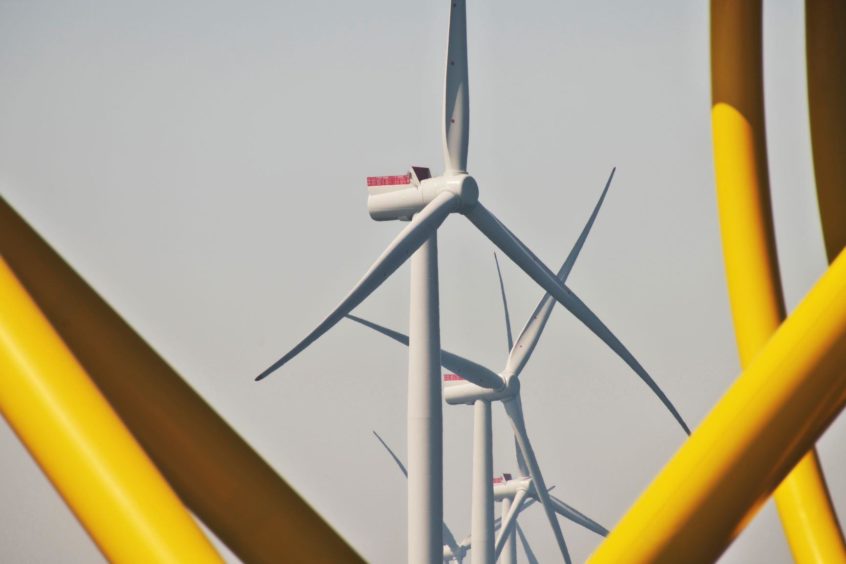A plan to establish a “world-leading” green hydrogen hub on the Cromarty Firth has been launched today by a new partnership of companies.
The North of Scotland Hydrogen Programme (NSHP), a partnership which includes utilities giant Scottish Power and three big names from the whisky industry, aims to develop facilities in Easter Ross to produce and store the “clean” fuel to power businesses and homes in the Highlands, as well as other parts of the UK and Europe.
Scottish Power’s hydrogen director, Barry Carruthers, said the scheme would place the north at the “centre of the green hydrogen revolution.”
Distillers Glenmorangie, Whyte and Mackay (W&M) and Diageo are among the NSHP partners, along with the Port of Cromarty Firth (PCF) and Banchory-based consultants Pale Blue Dot Energy.
Green hydrogen is created using electrolysers powered by electricity from renewable sources. Power for the proposed Highland hub would be supplied from current and future wind farms close to the Cromarty Firth, as well as onshore schemes.
As part of the project, a feasibility study into using hydrogen instead of fossil fuels to heat Glenmorangie, W&M and Diageo’s distilleries and maltings in the area is being launched this month. The four-month research is being funded by the drinks companies and Scottish Power.
Mr Carruthers said: “The North of Scotland Hydrogen Programme is a flagship project, showcasing how partnerships across energy and industry can deliver long-term, sustainable solutions for areas where electrification can’t reach.
“The Highlands of Scotland have been at the heart of the renewable energy revolution over the past two decades and now they look set to be at the centre of the green hydrogen revolution.
“We look forward to working with our partners on this project and begin our wider work to deliver green hydrogen across the UK.”
Peter Nelson, operations director at The Glenmorangie Company, added: “We enthusiastically support the development of the green hydrogen hub on the Cromarty Firth. This would be an important stepping stone to provide a green energy resource for the whole of the north Highlands.
“The region has huge potential to generate renewable energy and the hub will ensure the region potentially becomes a centre for this emerging technology, providing an essential ingredient of the energy mix for a sustainable future.”
PCF chief executive, Bob Buskie, said development of the facility would give a “massive boost” to Scotland’s ambitions to decarbonise its economy and establish itself as a “global leader” in green hydrogen technology.
Mr Buskie continued: “In the short-term, we have a number of local partners with vast experience in hydrogen, distilling and utility provision who want to decarbonise their operations.
“And in the long term, there is a huge opportunity to decarbonise Highland industry, transport and heat, as well as exporting green hydrogen to other parts of the UK and mainland Europe, which doesn’t have the same offshore wind capacity as Scotland.”
Up to 15 new offshore wind sites are due to be developed in the coming years, with a significant number of them on the “doorstep” of the Cromarty Firth.
The NSHP launch was welcomed by Scottish energy minister, Paul Wheelhouse.
Mr Wheelhouse said: “It is clear that hydrogen will not only help us end our contribution to causing climate change, but could also create significant economic opportunities in Scotland and, in helping sustain new economic opportunities in a port that has a long track record as a supply chain hub for offshore energy developments.
“It will also support the Just Transition of the North Sea supply chain. The North of Scotland Hydrogen Programme is an exciting example of collaboration and regional hydrogen innovation required to realise the significant economic and environmental potential that hydrogen presents in Scotland.”

